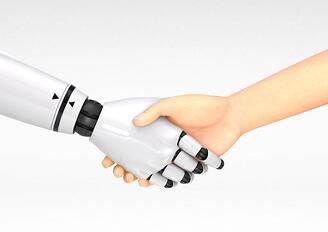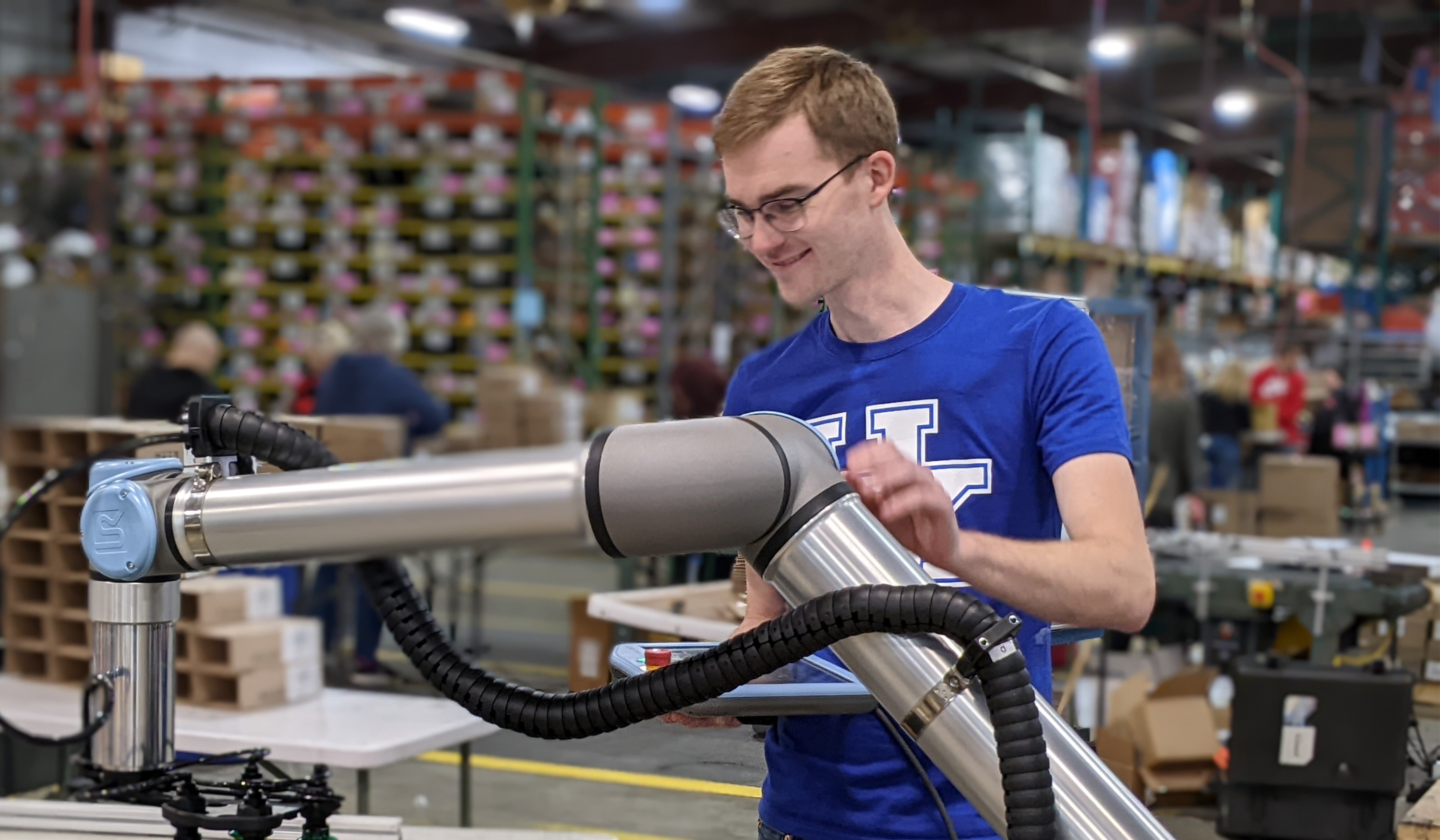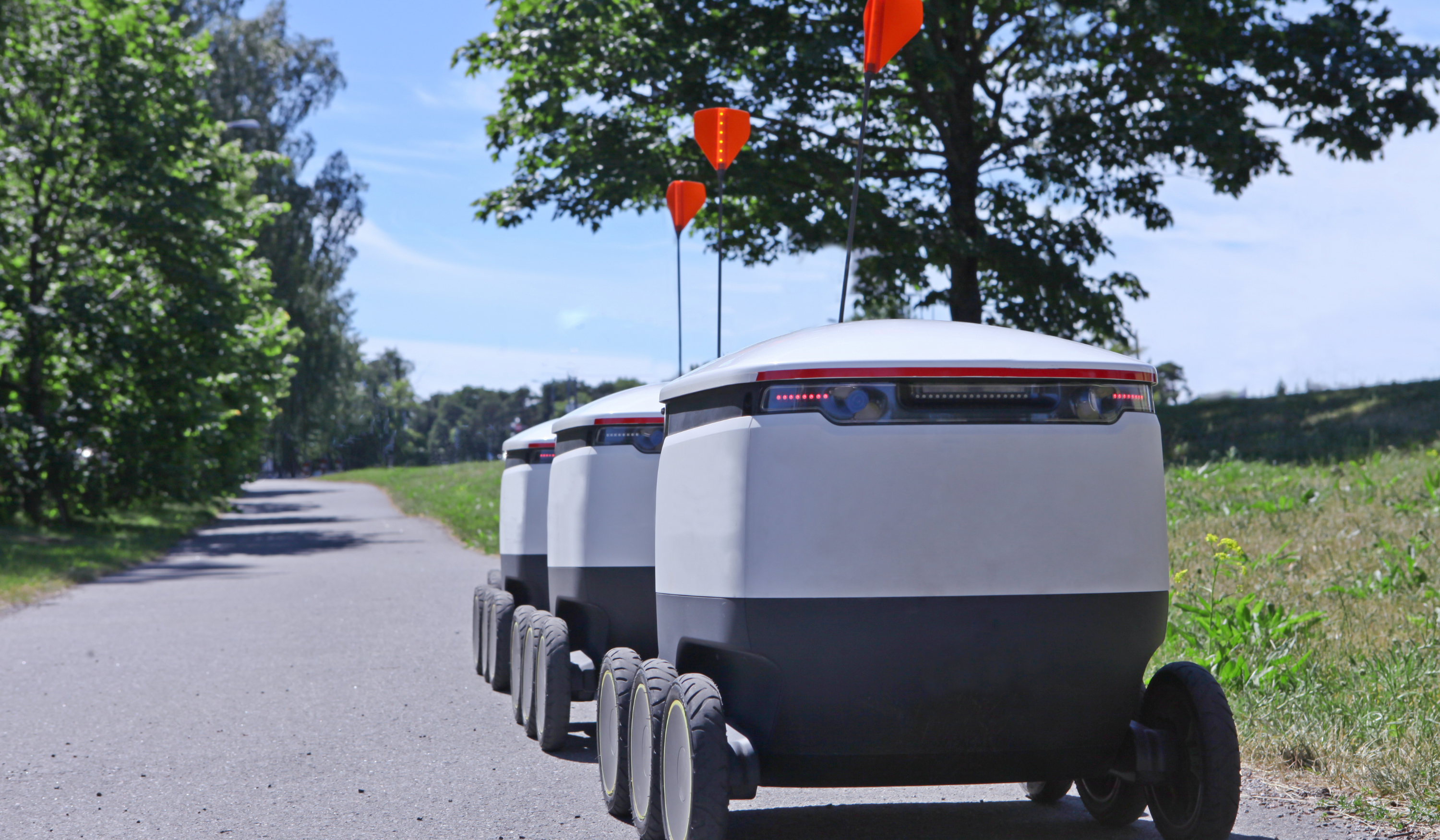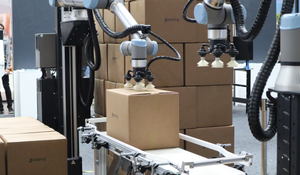You Are Losing Money! by Not Adding a Robot to Your Plant

Posted on May 25, 2015 3:02 PM. 4 min read time
Yes, you are losing money. In the 21st century workshop, you have to be competitive. If your prices are higher than your Asian counterpart, your customers might want to buy somewhere that is cheaper. It is sad, but that is our reality. Developed countries with higher labor costs need to find other ways to stem the tide of off shore manufacturing and enhance our productivity to bring back manufacturing processes and jobs.
The main problem of low productivity is mostly due to time waste. This time is wasted by thousands of workers that are standing beside their machines and waiting to load the next part. I am not blaming the employees here, but the concept of standing beside the machine and not being able to do something else because the machine cycle time is too short, well that’s a waste of time. With cycle times from 30 to 90 seconds, the employee doesn’t have enough time to go away and do something else which could add value to your product. So, how much time is wasted by doing things this way?

Tasks like CNC machine tending, plastic injection tending and pick-n-place operations are the typical examples of more than 90% of the jobs that haven't been automated yet. Why? Simply because most of these jobs have to be done in coordination with already existing machines and that a complex industrial robot setup could not previously be integrated at this spot. Keep in mind that trouble shooting, maintenance and other human tasks still have to be done on the machine, so an industrial robot with fencing is not welcome. However a robot that is safe to work alongside of could be welcome in this environment.
From an economic perspective, it is not very likely that an industrial robot could be used to execute these kinds of jobs. The device itself is expensive and all the required accessories are also not cost effective. The knowledge background needed to program industrial robots is also not negligible. By adding a collaborative robot to your work cell, you can first of all save on safety guarding, as well as on programming time. By cutting down two of the biggest investment costs, you can make your robot integration affordable. A collaborative robot costs around 30k$, add some tooling say another 5k$ and you are ready to do machine tending. An investment that will be refunded in less than a year in most cases.
The fear of some potential buyers is that the robot won't be able to accomplish the same job as the human was doing. To replace a manual operation, say for example in CNC machine tending, you must make sure that the collaborative robot has the required specifications. Remind yourself that humans while they have great flexibility, don't have any kind of precision and that most collaborative robots are precise to within 0.1mm.
Another way of looking at introducing collaborative robots into your workshop is not that they are going to replace workers, but rather that it is to help you achieve your production goal. Look at the following video to understand how collaborative robots have helped the following company to enhance their productivity while still keeping the same number of employees.
If you want to introduce this kind of robot to your application it would probably be a good idea to follow the next few tips.
- Keep it simple: Do not try to re-invent the wheel. Keep your accessories simple and don’t try to insert sensors everywhere. A good example would be in the video above, Baxter is pulling a handle made with a plastic cup, how clever!
- Start Small: Collaborative robots are a good thing for your enterprise, however, if it's your first collaborative robot, I suggest that you start with a single integration. By doing so, you can troubleshoot, gain in house expertise and integrate your robot more smoothly. If you are doing it with 5 robots at a time, this increases your probability of error times 5, invariably something will not work.
- Think a step further: When developing jigs, programs or any other stuff related to your robot, try thinking about how else you could use what you just developed. In fact, if you are programming for a packaging operation, can you repeat the technique for another application?
By looking at the examples in the video below, you can see that the person in charge of the integration took these 3 tips seriously. It was their first robot. The ordering system is made out of a simple piece of metal that was probably already in the shop. And, they use a 2-Finger 85 Adaptive Gripper to grab their parts, which can also be used for a wide range of other parts. No need to change the tooling for every production switch.
So what are you waiting for? Still want to lose jobs, because your overseas competitor is cheaper? Well, think of the benefit that a collaborative robot can bring to your workfloor and if you want to evaluate the ROI on your prospective robot, follow the link below. It will help you calculate how long it's going to take before you entirely repay your robotic investment. Trust me, it's really not that long.







Leave a comment